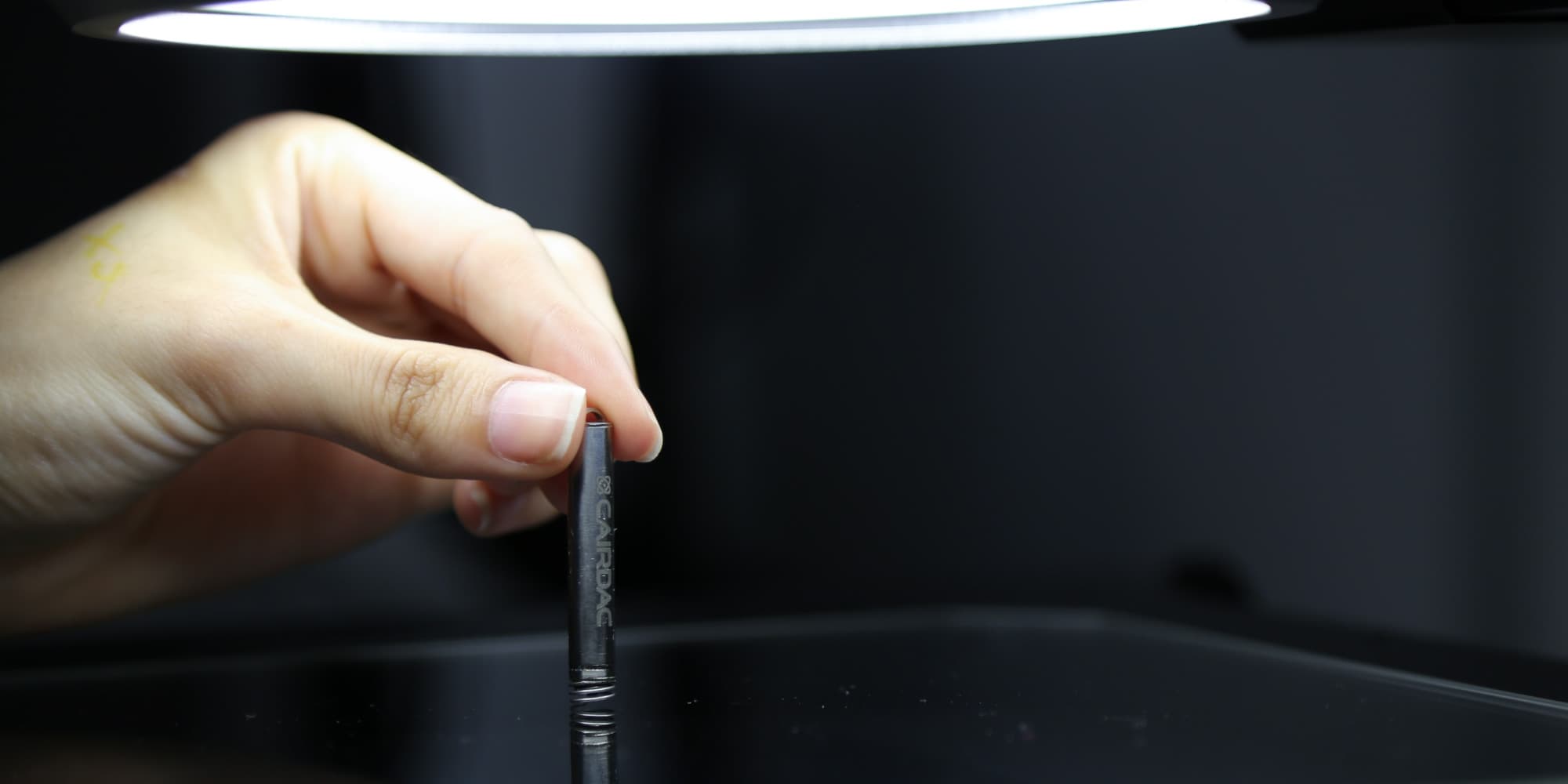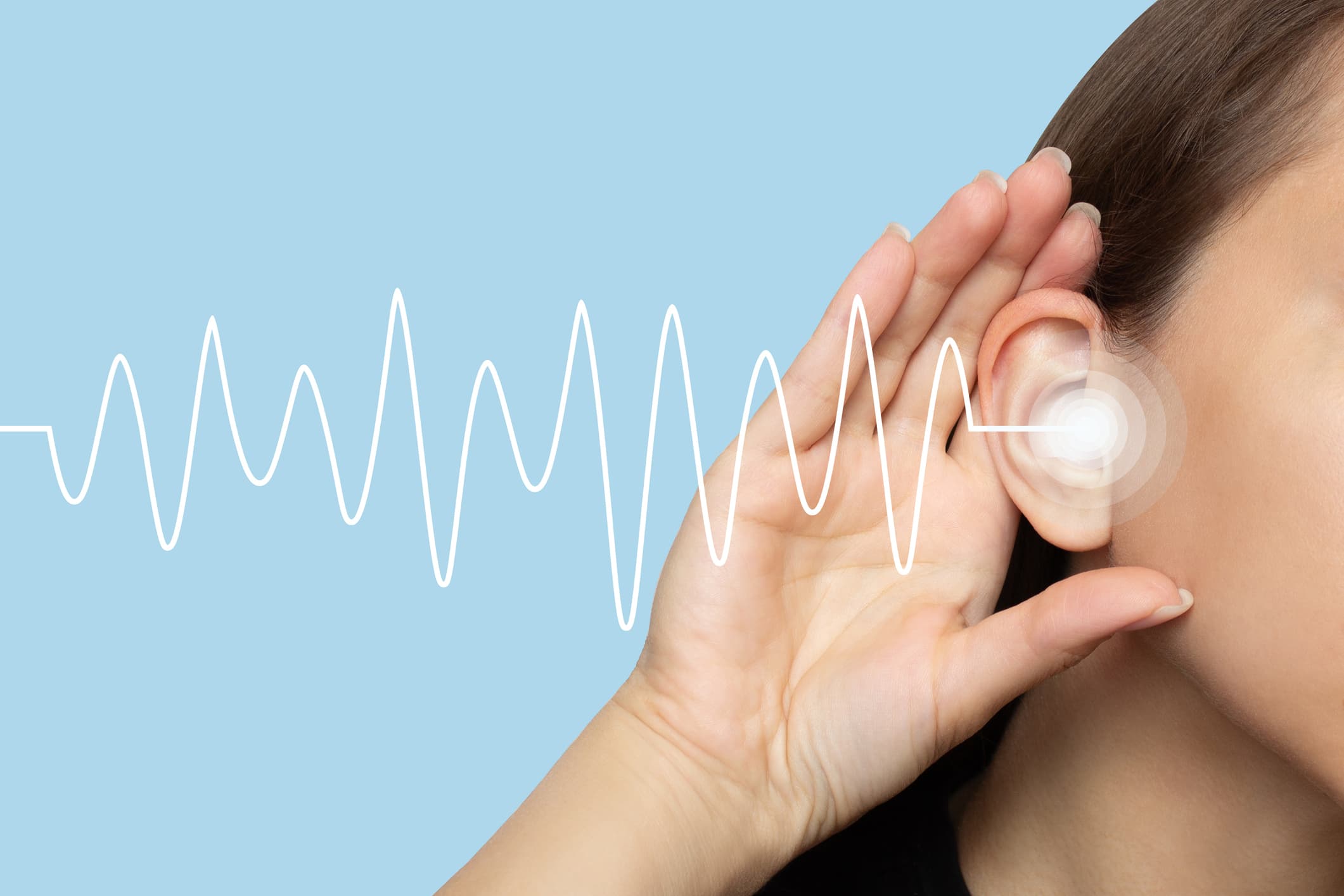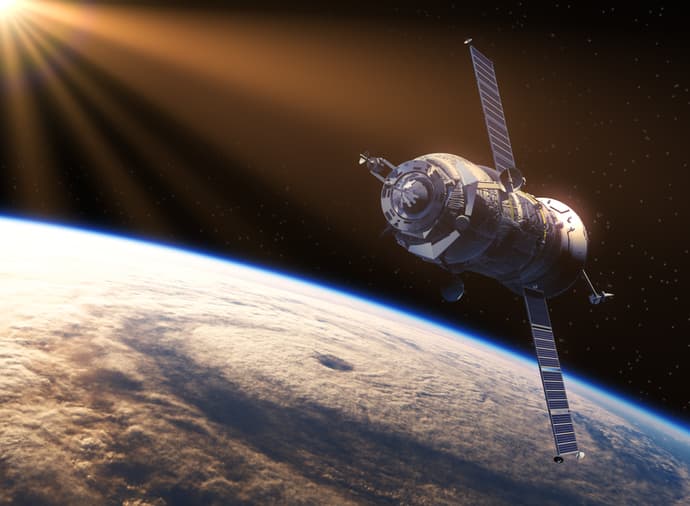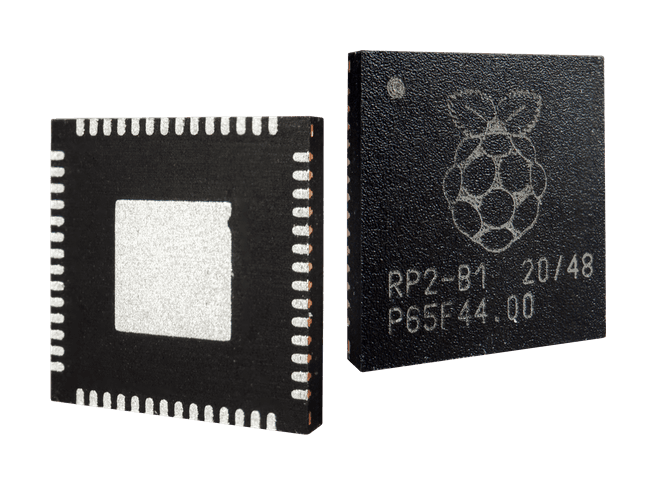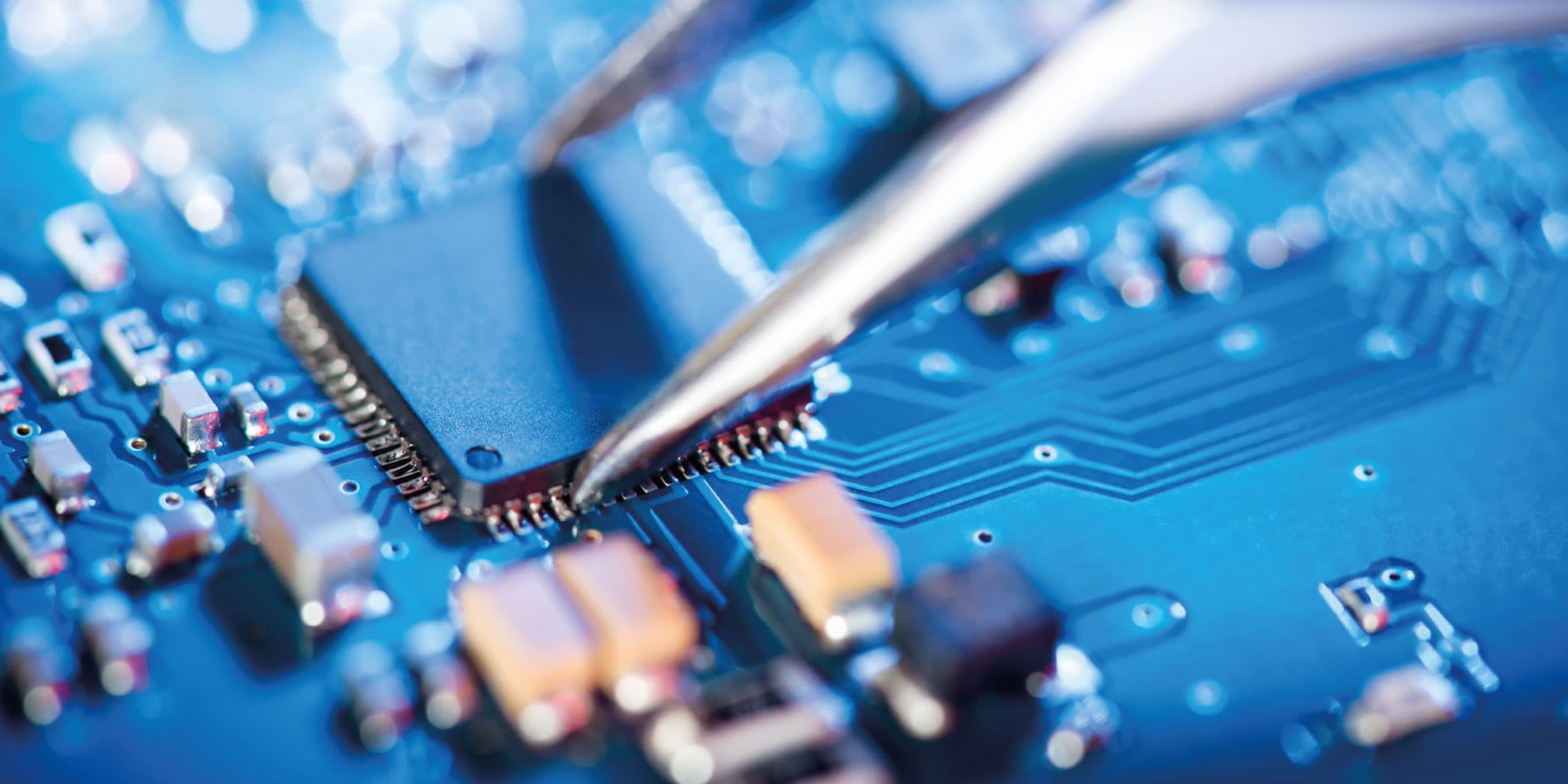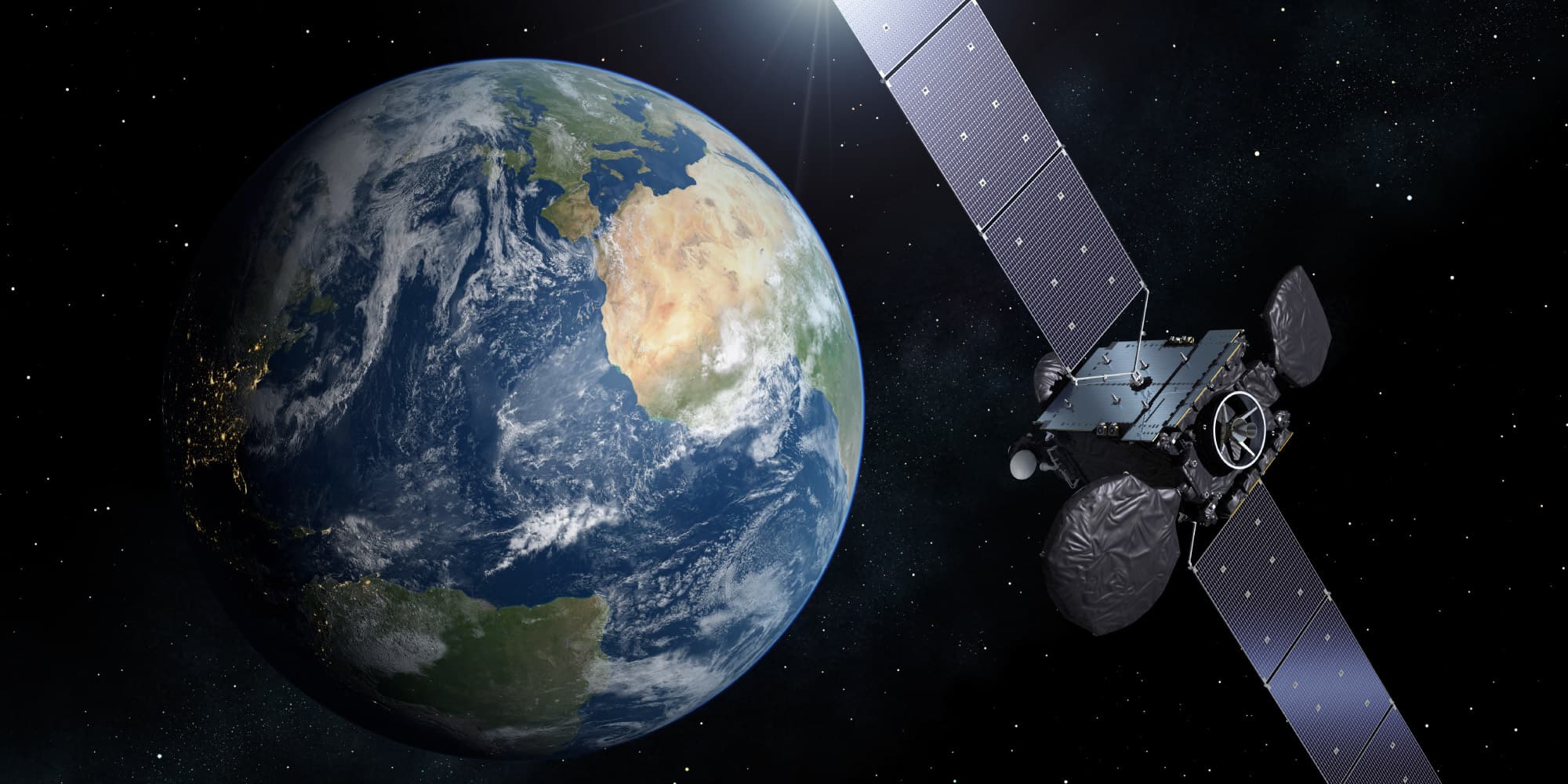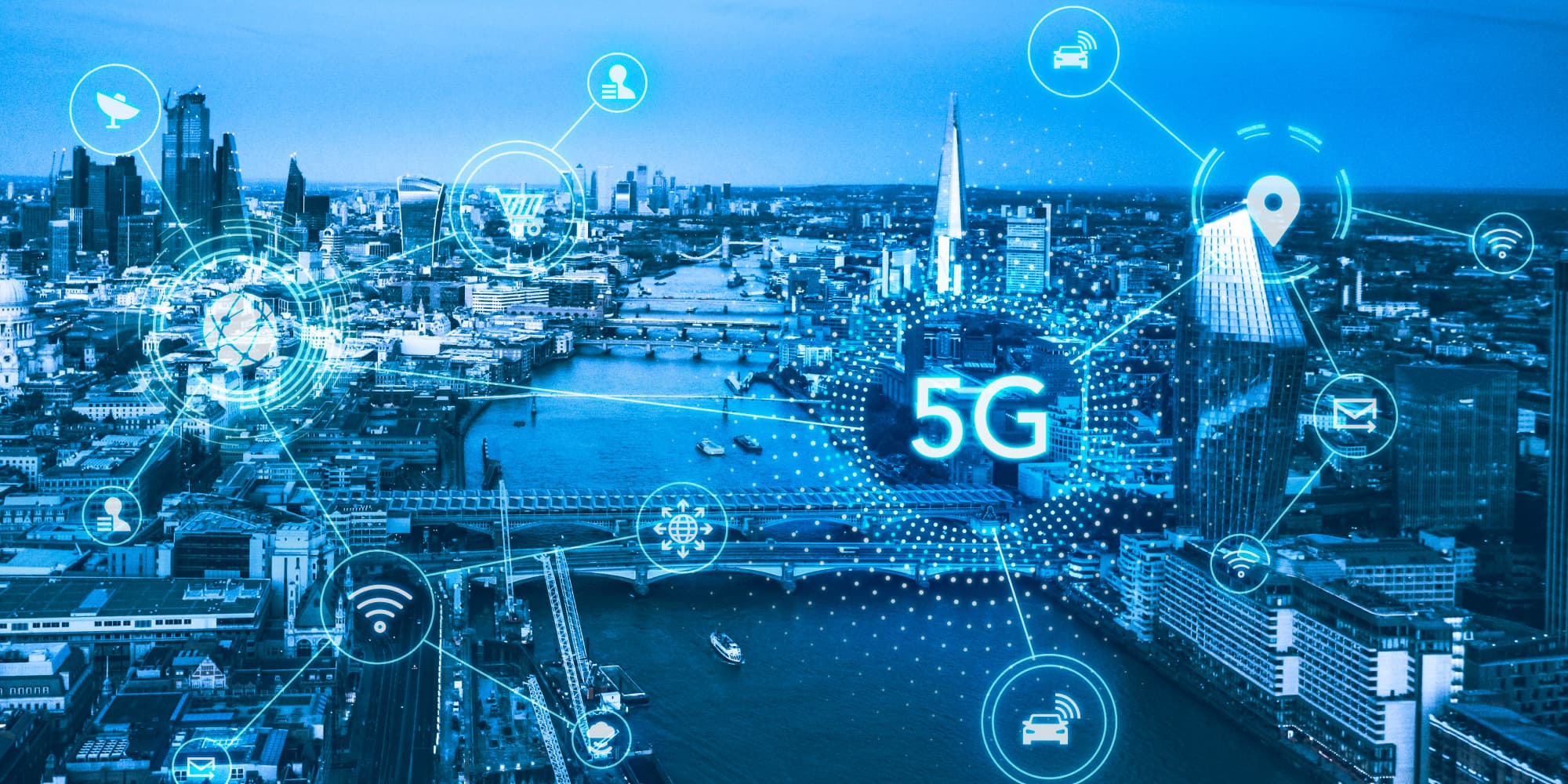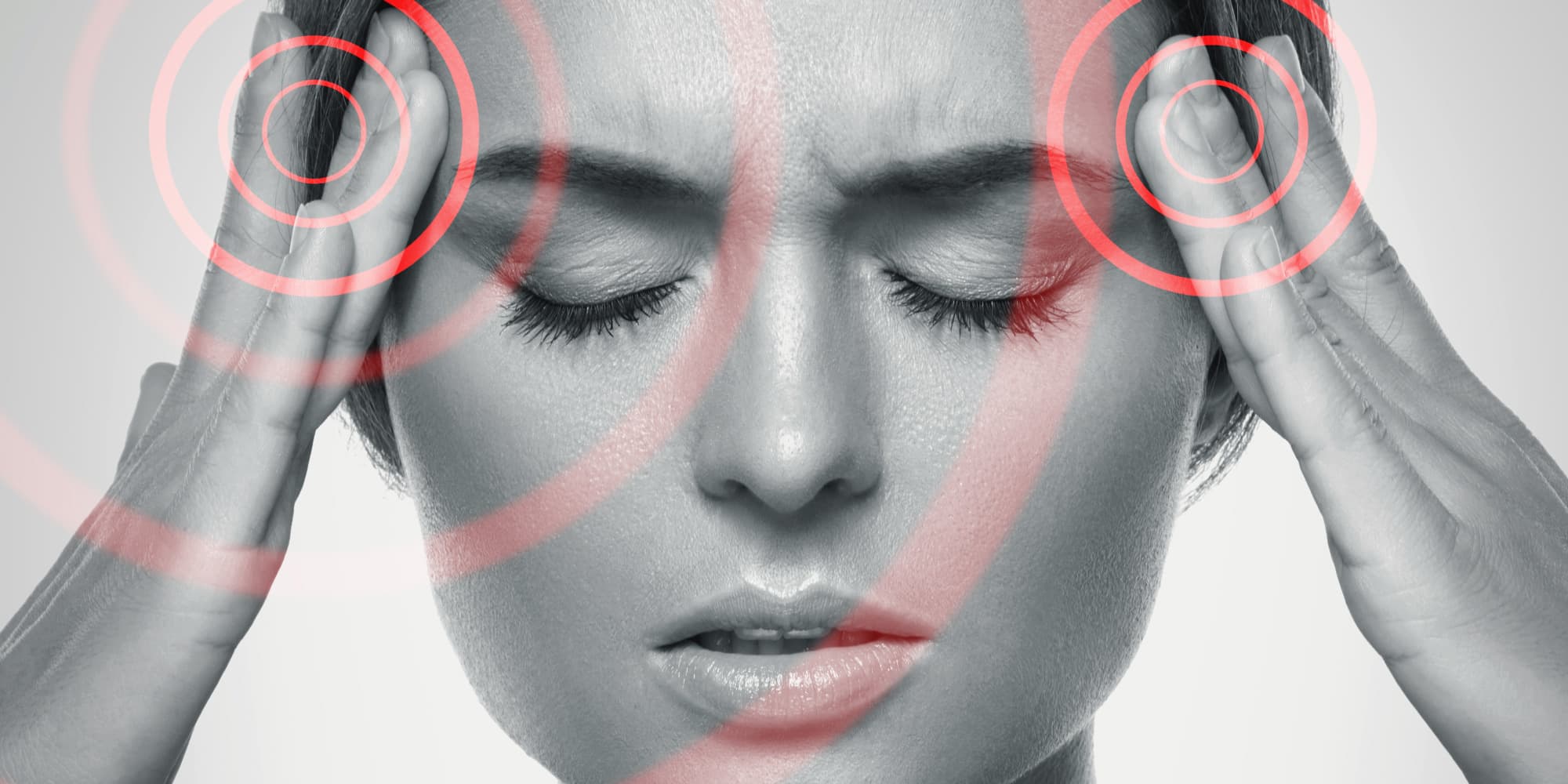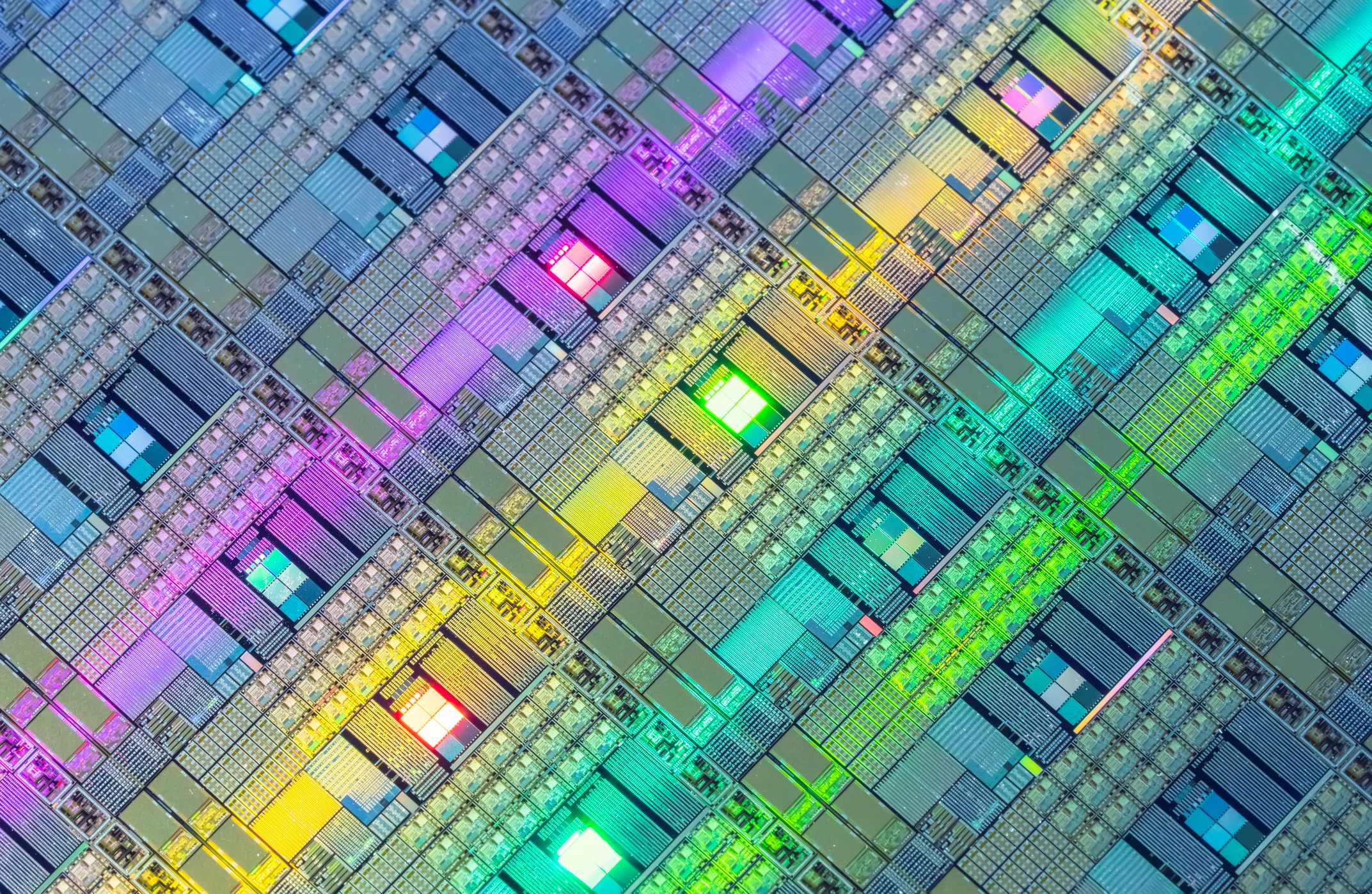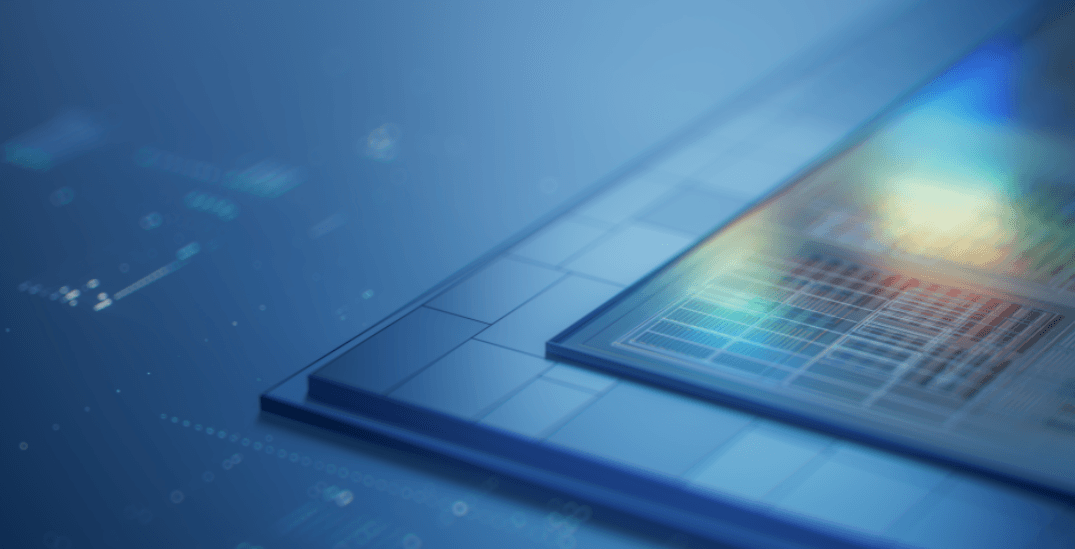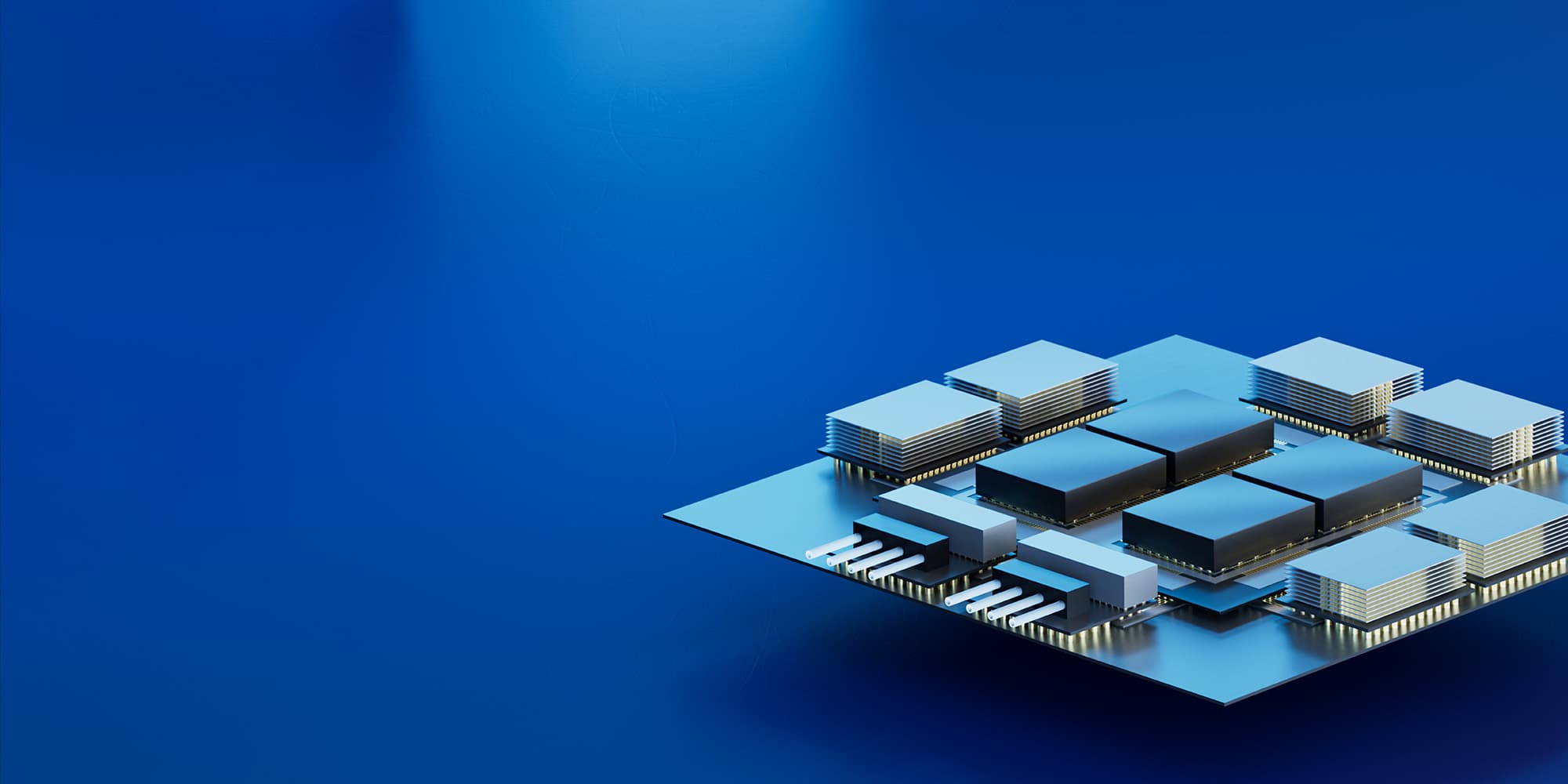CAIRDAC develops a unique, autonomous and leadless pacemaker harvesting the heart’s own kinetic energy, creating the first device of this kind with no energy limitation. To enable further miniaturization, as well as new sensing and communication features, it embarked on an ASIC journey.
The miniature size of the French start-up’s pacemaker enables it to be implanted endoscopically, which significantly reduces risks of infections and other complications. This new device is self-sustainable and has a very low energy consumption. It means that it doesn’t need to be replaced every 7 to 10 years as a standard peacemaker. And by integrating more functions into one or more ASICs, the solution can be further optimized.
In this interview with An Nguyen-Dinh, CEO and Alaa Makdissi, CTO, you will learn more about their product and the power of customized ASICs.
More than 30 years of disruptive technology development
An Nguyen-Dinh: “I started my professional career in medical devices in 1987. At that time, I joined a start-up company with just 10 people, called VERMON (Tours, France), which has now grown to >250 people and where I am still VP Innovation. Together with the Sorin Group, Vermon has been exploring new energy sources for pacemakers and defibrillators. When this collaboration came to an end, we decided to create CAIRDAC to continue the work and the development.”
“The objective of the company was to develop disruptive technology for energy harvesting using the kinetic energy of the heart: at every heartbeat we collect the mechanical energy of the heart and we transform it through the piezoelectric material into electricity for powering the electronic circuits of the device.”
“Another unique innovation is that the device will allow for Dual-Chamber Stimulation, meaning one capsule fixed in the ventricle and another one to be fixed into the atrium, in order to synchronize the stimulation and the treatment of the heart.”
“Currently, we are at preclinical animal testing of our product. The device has been implanted several times in sheep and pigs, and we continue to publish the results. The first-in-human testing is planned for early 2023.”
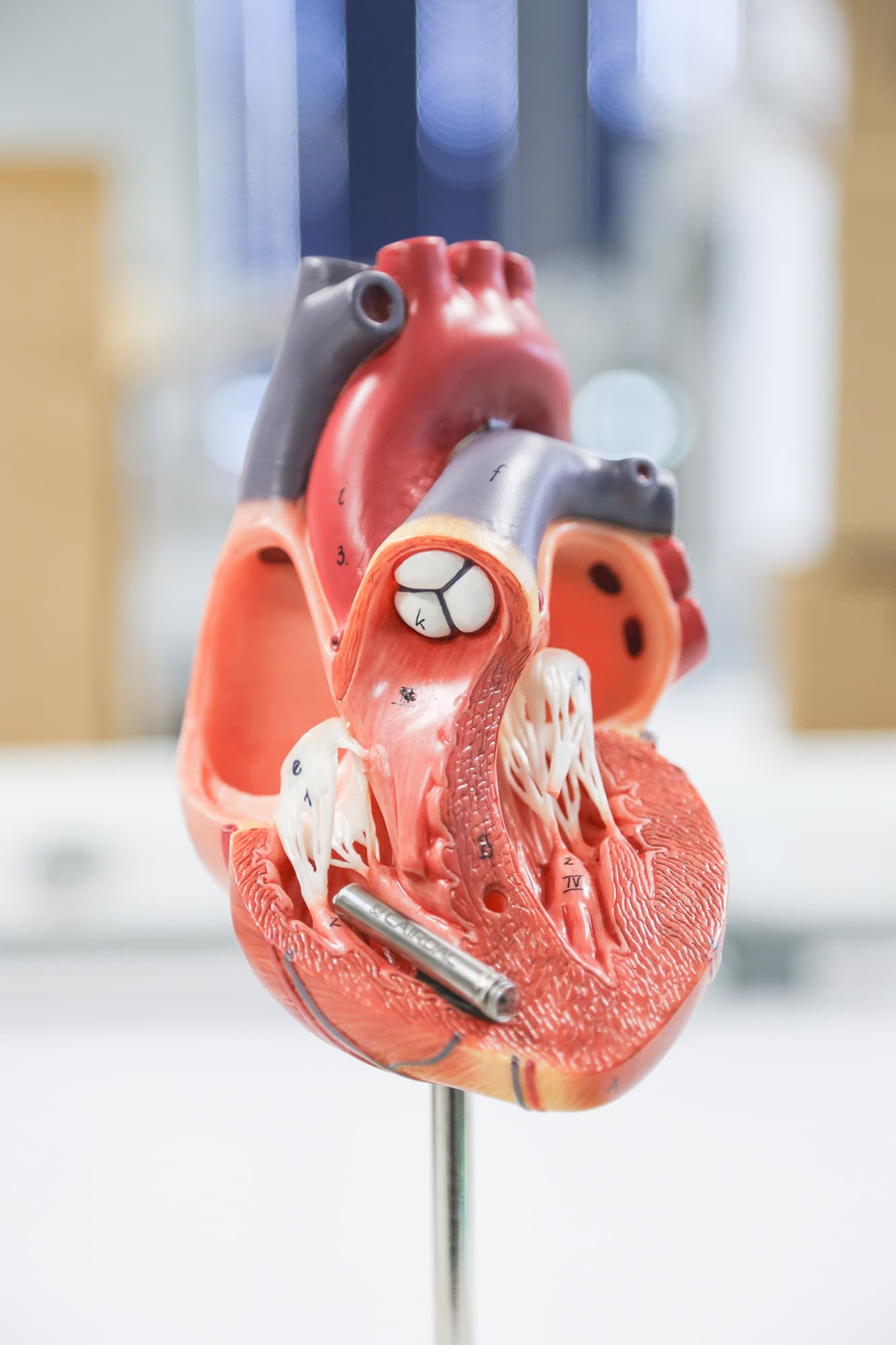
Minimizing costs by optimizing development cycles
Alaa Makdissi outlines their ASIC development: “Today, we are targeting 3 separate ASIC solutions: the power management unit, the CPU and the therapy pacemaker function. The first ASIC prototype dedicated to the power management was designed together with Shortlink, a Swedish design house, and the tape-out was done through the imec EUROPRACTICE service. In addition, we are developing the therapy ASIC with a design house in Grenoble, IC’Alps, which is in the Design & IP Partner Network of IC-Link. For the microcontroller, or the CPU, that we are also working on – we have a commercial solution to start with but in the long term we are working at developing our own CPU.
“In terms of the connection between these 3 ASICs it could be optimized in the future to be put into a single ASIC, which is included on our roadmap.”
An concludes: “Alaa and his team are pushing the development time to go faster and faster – that is our main principle: Go Fast. Because we are a small group, and time is money. So, we try to minimize the cost by optimizing the time we spend on the manufacturing, on the development, and so on. Development cycles should be kept as short as possible and any idle time in development, design and manufacturing of the components should be avoided.”
“That is where imec’s experience and its partners are essential for us. They provide us with the quickest route from prototyping to productization.”
Contact us if you want to know more about our ASIC services
Watch our webinar on application-specific ICs.
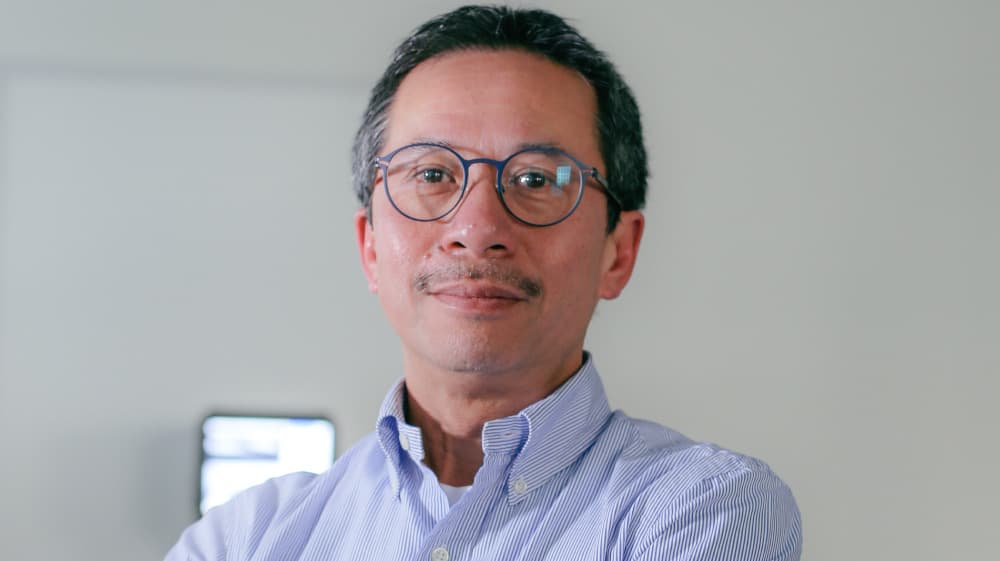
Graduated in Micro Mechanical and Electronics, An started his professional activity at Vermon company, Tours in 1987.
An was committed to the development of piezoelectric transducers for diagnostic imaging. In 1997, An held the position of Director of Technology and then in 2014 became Vice President for Research and Innovations. An is the founder of CAIRDAC (late 2016) and devotes his interest in Autonomous Leadless Pacing System based on a miniaturized piezoelectric energy harvester.
An is very active in medical devices, sensor technologies, diagnostic imaging, energy harvesting and implantable leadless pacemakers. He is a member of EPoSS Steering Group and EURIPIDES, is author and co-author of numerous patents and scientific publications on transducers, piezoelectric devices and leadless pacemakers.
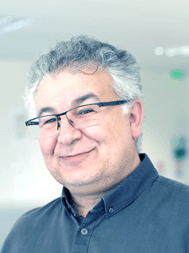
Graduated with a degree in Engineering from the Centrale-Supélec engineering school and a PhD in signal processing and system control from the Orsay-Paris XIII university, both in Paris, France.
Alaa has more than 20 years’ experience leading R&D teams in all aspects of developing safety-critical medical devices, smartphones and connected objects, high-precision instruments and software solutions.
Alaa has an extensive background in medical device product development, ultra-low power ASIC and COTS design, sensor front-end design, multi-physics modeling, and embedded software development.
As a high-performing and hands-on technical leader with extensive experience in innovating and delivering complex projects under tight timelines, budget and resources, Alaa is a passionate innovator and the author of more than 20 scientific papers and more than 40 patents related to cardiovascular medical devices.
Published on:
25 May 2021

